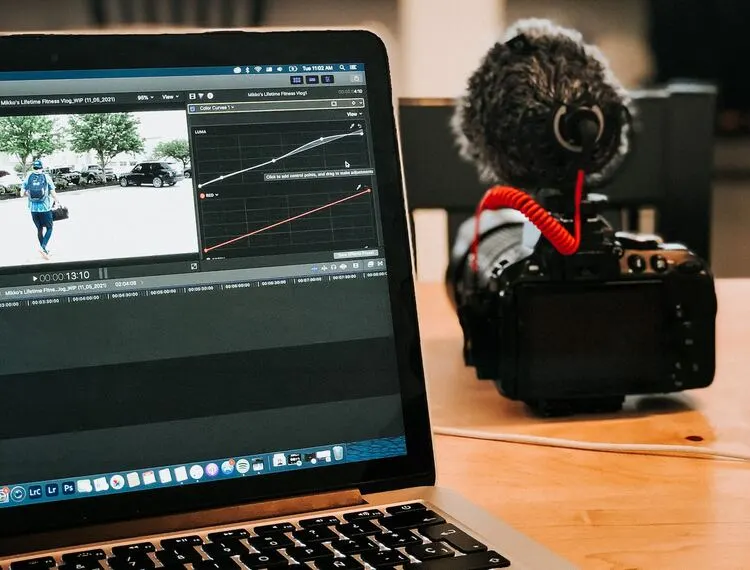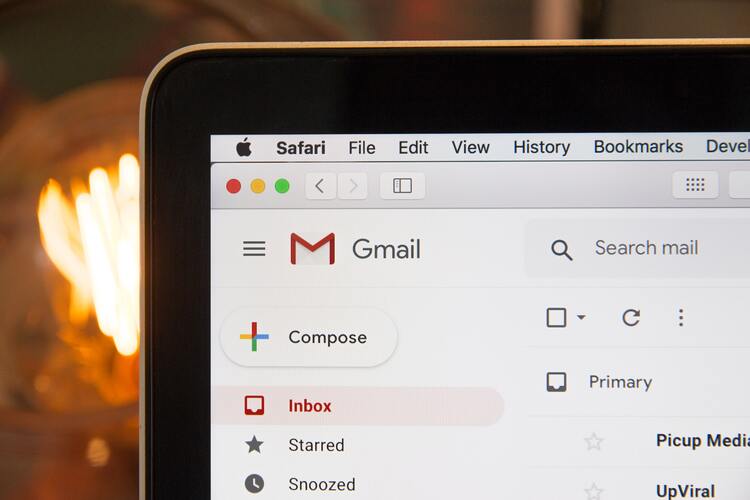Making Your Video Content Accessible: A Comprehensive Guide to Captioning Your Videos
In today’s digital era, video is one of the most popular types of content online. The popularity of video enables it to become a powerful medium for providing information. It is engaging and has the ability to build a psychological connection with the users. Hence, video content is more widely utilized in various ways, from disseminating information to marketing.

According to Cisco Annual Internet Report (2018–2023), videos record 82 percent of total internet traffic. Although video content dominates websites across the world, its accessibility becomes a problem. The issue of video content accessibility has not always been at the forefront of discussions.
Therefore, some videos missed out on the chance of reaching a wider audience. Luckily, making your video content accessible is not a difficult task. The rise of new technologies makes accessibility features uncomplicated.
There are several ways to make your videos accessible. However, if you want to take the easy route, then keep scrolling through this article. It’s time for you to know the magic of captioning videos!
All About Captions
Captions are text overlays that convey all of the audio in the video. Through captions, it delivers the textual content not only the dialogue but also non-speech sounds. Moreover, it is synced, allowing the viewers to follow along with the audio of the video.
In fact, an experiment from Discovery Digital Networks shows that captioned videos generate 7.32 percent more views on average. Captioned videos also receive 40 percent more views compared to uncaptioned. Numerous reasons exist why viewers intend to consume videos with captions. They likely want to have a greater viewing experience, and clarity of audio, or external noises.
Why Should You Include Captions In Your Videos?
People across the world are diverse in terms of their needs. By putting captions in your videos, you can meet these needs in a single shot. It will help not only you as a creator but also the viewers as well. Below are the top reasons why captioning makes your video content accessible.
- Bring more eyes to your video content.
Captions were originally created for people with hearing impairments. There are millions of people across the world with disabling hearing loss. Without captions, these people missed out on your content.
Adding more descriptive texts to convey context adds some inclusivity to your video content. This will attract more eyes and maximize reach.
- Reach international audiences.
Captioning your video content can be a great opportunity to target non-native English-speaking audiences. With so much competition, targeting a wider audience can keep your video content competitive.
Captioned videos can build an international audience of various nationalities. They can follow along with your video by relying on the captions as their reference.
- Improve viewing experience and engagement
Captions can help in terms of their viewing experience. It will help your viewers understand your content better, especially if you incorporate complex themes. There are also some viewers who prefer to watch videos on mute. You can generate more engagement by just adding a caption to your videos.
Ways To Put Captions On Your Videos
Adding captions to your videos seems complicated, but with the step-by-step guide and the help of different platforms, you can easily put those texts in your content.
Step 1: A good-quality video is a must!
Record your video by maximizing the quality and audio as well. With these, you can produce good content. Having a good-quality video creates better accuracy in captioning your video.
Step 2: Generate your captions from the recorded audio.
There are several ways to caption your videos; it’s up to you which method you want to use. Below are some examples of how you can caption your videos.
AI Transcription Software: This type of method uses artificial intelligence technology to convert your audio into text. You will upload your video content to any AI transcription software and let its database do the rest. Although this method is convenient, accuracy is not guaranteed, so proofreading them is a must!
Happy Scribe is one of the best transcription software solutions you can find in the market since it offers translation of your transcript in more than 30 languages.
Human Transcription Services: These services are performed by other people who will listen to the audio of your content. They have advantages over AI transcriptions since real people are responsible. Quality control, accuracy, slang and accent detection, and editing for grammar and punctuation are some of its advantages.
DIY Transcription: If you have enough time, then you can rewatch and write your transcription yourself!
Step 3: Style your caption!
Turn your transcripts into captions. You need to ensure that your captions extend beyond dialogue, which includes sound effects and other non-speech sounds that can help to build a good and understandable context. And don’t forget to sync the captions to the appropriate part or clip.
Step 4: Export them.
Once you finish editing your captions and finalizing their content, you can now export them.
Captioning sites may help!
We all know that every platform has its own process for adding a caption, and if you want to go the fastest route, captioning sites may help you out!
Some Aspects You Can Look Into
- Readability is a must! Use the proper size and font for the texts to display your captions perfectly.
- Make sure you identify the speaker so the viewers will not be confused.
- Use color indications or speaker labels to differentiate one speaker from the other.
- Make sure you also note the background sound.
- You can use italics when a new word is being defined.
- A little research may help. For instance, if there is a term that might confuse the viewers, you can provide the context beforehand.
- Proofread your captions!
Wrapping up
Captioning your videos is a great way to make your video content accessible. Take note that 85 percent of marketers believed that video was the most effective way of grabbing the attention of the audience.
By captioning your videos, you can double the impact and create powerful content for your target audience. We hope that you now realize the importance of captioning your video content. Good video content paired with captions can generate a bigger audience, better engagement, and greater accessibility.






